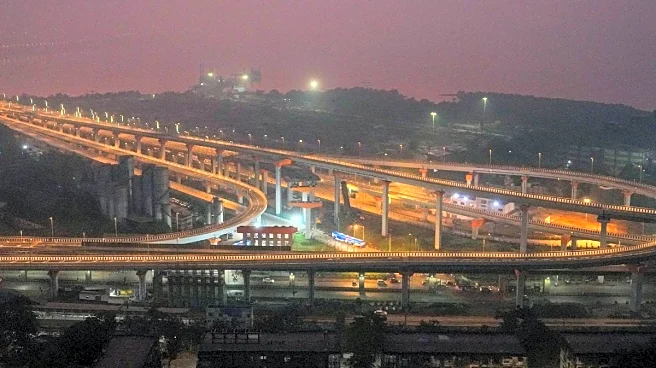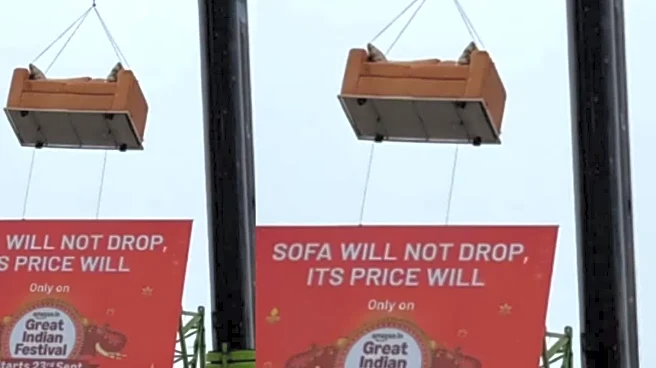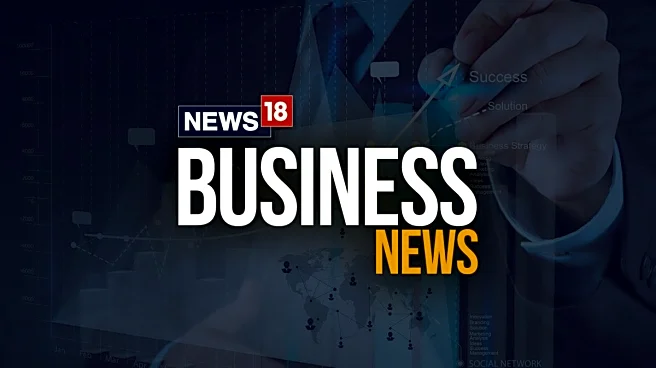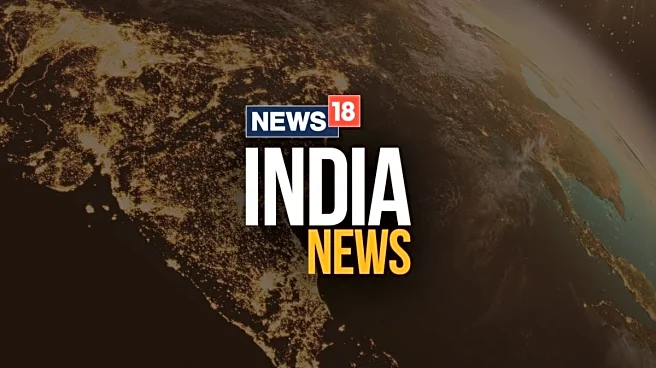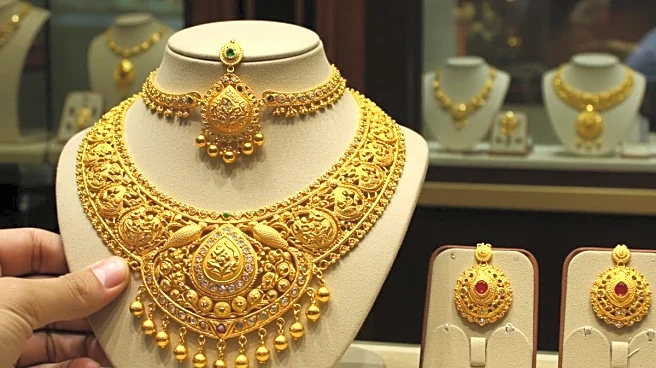Mumbai’s monorail, often described as the city’s long-neglected transport project, is now preparing for a major transformation. In a bid to make services safer, smoother and faster, the Mumbai Metropolitan Region Development Authority (MMRDA) has rolled out an ambitious modernisation plan that focuses on technology upgrades, new rolling stock and refurbishing of old rakes. Officials say the aim is to finally bring the monorail at par with the city’s other rapidly expanding metro network, giving commuters a more reliable alternative to road travel.
At the heart of this overhaul is the introduction of the Communication Based Train Control (CBTC) signalling system, being deployed in the monorail for the first time. The advanced technology, already
in use on Mumbai’s Metro Line 2A and 7, is expected to significantly improve safety and reduce the time gap between two trains. As per sources five electronic interlockings have already been installed across 32 locations, while more than 250 Wi-Fi access points, hundreds of RFID tags and detection systems have been fitted. Way-side signalling work is now complete, with integrated testing underway. Once operational, the CBTC system is expected to ensure smoother operations and give passengers the confidence that the service is both safe and dependable.
Alongside the signalling upgrade, work is progressing on commissioning new rakes while simultaneously modernising the existing fleet. Ten brand new four-coach rakes, manufactured under the ‘Make in India’ programme, are being added to the system. These rakes come with 21 new features, ranging from fire safety systems and CCTV cameras to comfortable air suspension, multilingual passenger information displays and even charging points for laptops and mobiles. The interiors are also being redesigned to resemble those of modern metro trains, with brighter LED lighting and more passenger-friendly features. For those with disabilities, special seating is being introduced to make the system inclusive. Officials stressed that the new trains are designed with safety as a top priority, with international-standard fire resistance, event recorders to track system and driver actions, and improvements in coupling and braking mechanisms.
The ageing rakes, which have long been a concern for commuters, are not being left behind. They are being retrofitted with modern technology to ensure that even the older fleet can operate as efficiently as the new one. This combined approach of introducing new rakes and upgrading existing ones is aimed at restoring public trust in a system that has often been criticised for frequent breakdowns and long downtimes. With testing already underway and the government committing to steady progress, officials believe the revamped monorail will soon deliver the kind of service Mumbai’s commuters have long been promised but rarely experienced.
In recent years, the monorail has faced repeated suspensions, adding to commuter frustration and casting doubt on the system’s reliability. The last major disruption came in March 2024, when services were halted for several weeks due to a technical fault in the signalling network, forcing passengers to depend on buses and taxis. Earlier in July 2023, operations were stopped after repeated glitches in older rakes triggered safety concerns. In both cases, officials cited outdated systems and maintenance challenges as the core reasons. Recently in August 2025 when Mumbai was baffled with heavy rain, due to overcrowding Monorail service halted and passengers had to evacuated dramatically with help of fire brigade ladders.
These interruptions not only inconvenienced daily travellers but also dented the credibility of the monorail project, which was launched with the promise of easing congestion in the city’s eastern corridors. The current overhaul, source insist, is designed precisely to address those shortcomings and ensure such large-scale disruptions do not recur. For the first time, there is a clear roadmap to transform the monorail into a modern, dependable urban transport service.

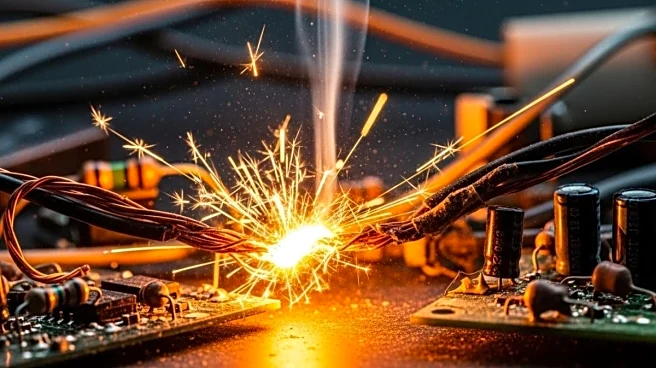
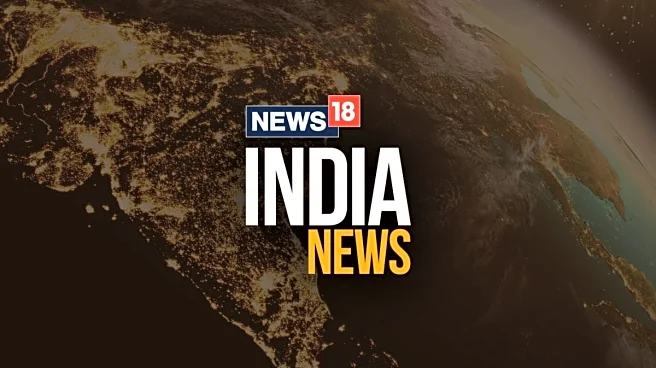
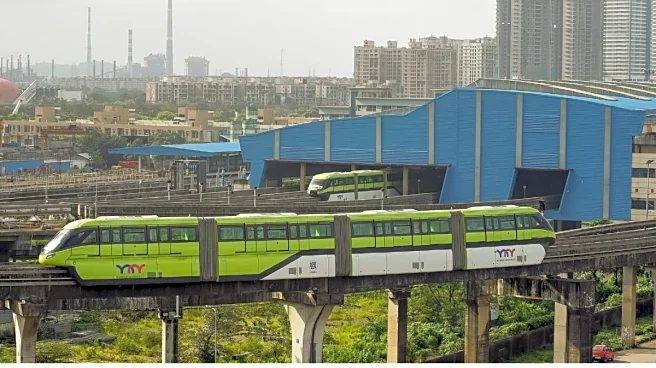
/images/ppid_59c68470-image-175808759417118098.webp)

/images/ppid_59c68470-image-175809503190817320.webp)
